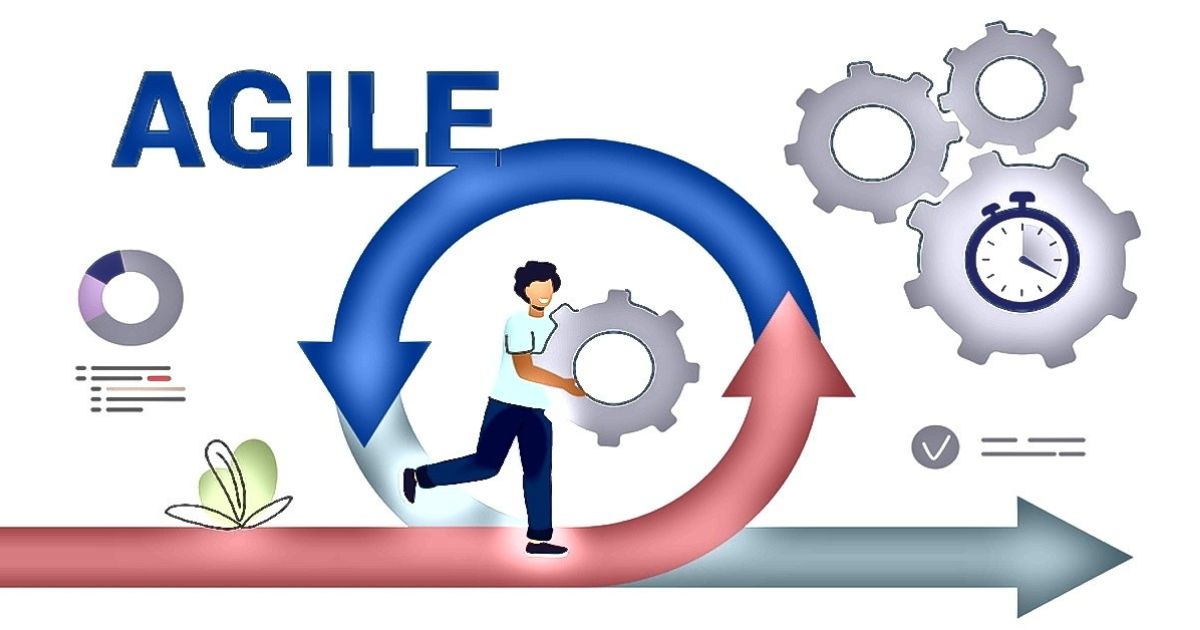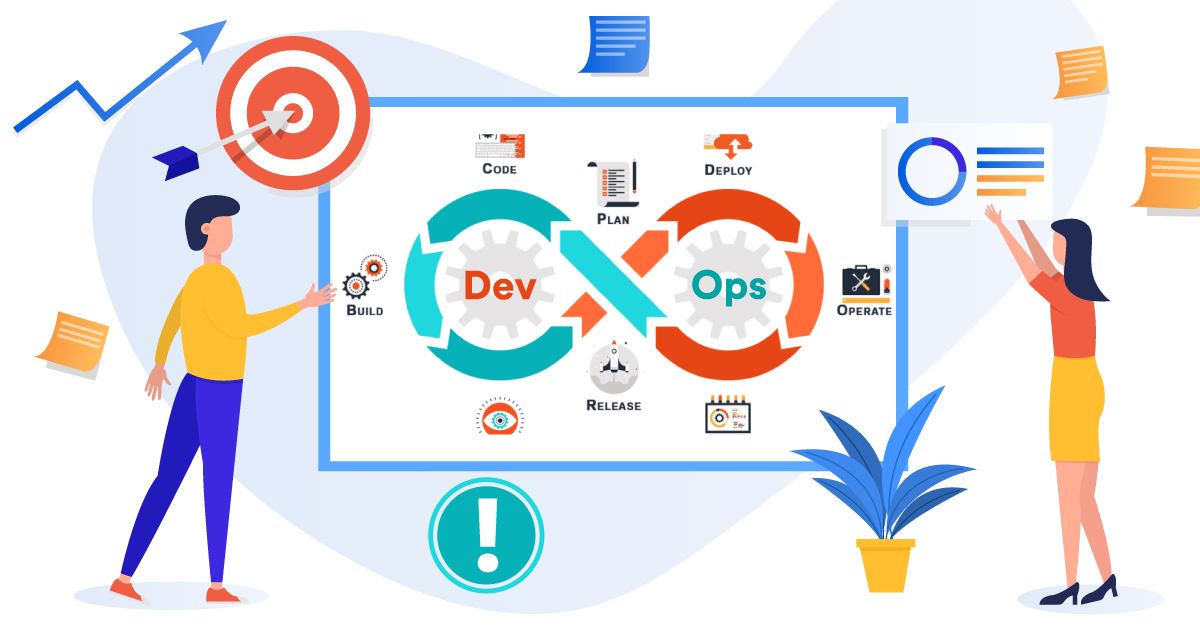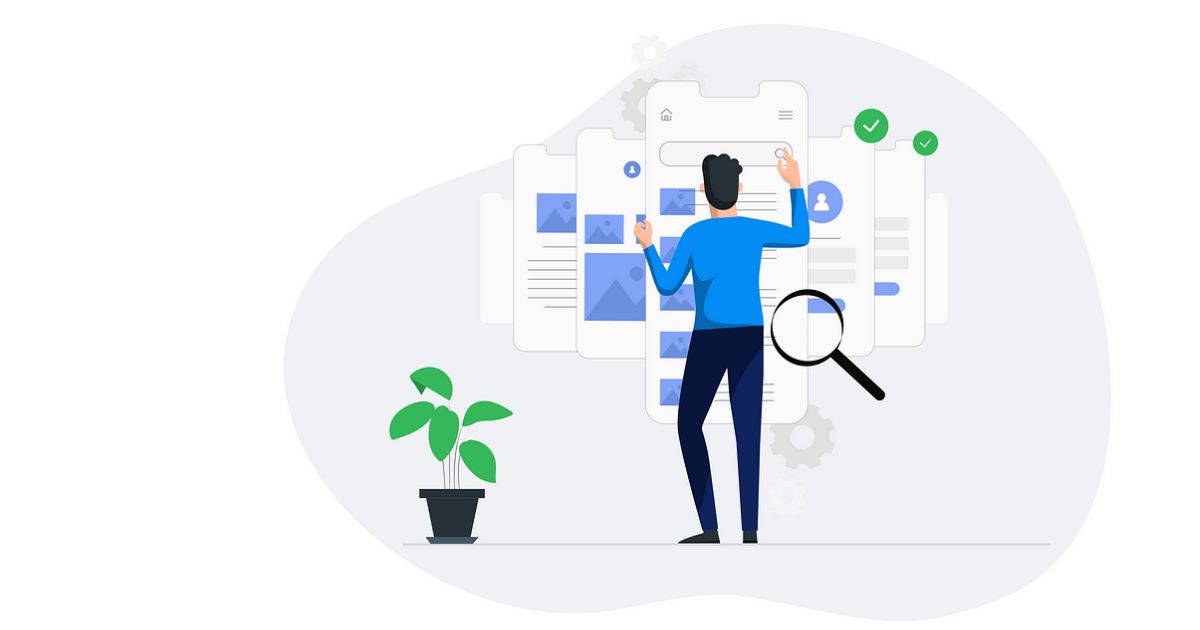In the dynamic landscape of software development, agility is key to staying ahead. Codecraft, the art of crafting exemplary software, demands more than just technical prowess; it requires strategic agility. In this guide, we delve into the intricacies of codecraft, exploring agile strategies that empower developers to create software that not only meets but exceeds expectations. From ideation to deployment, we uncover the principles and practices that drive success in the ever-evolving world of software engineering.
1. Embracing Agile Methodologies

Understanding Agile Development
Agile development methodologies have transformed the software industry by promoting adaptive, iterative approaches over traditional, rigid processes. At its core, agile development values individuals and interactions over processes and tools, customer collaboration over contract negotiation, responding to change over following a plan, and working software over comprehensive documentation.
Scrum Framework Demystified
Scrum, one of the most popular agile frameworks, operates on the principles of transparency, inspection, and adaptation. It divides work into time-boxed iterations called sprints, typically lasting two to four weeks, during which cross-functional teams collaborate to deliver potentially shippable increments of software. Daily stand-up meetings, sprint planning sessions, sprint reviews, and retrospectives are integral rituals in the Scrum framework, fostering collaboration, transparency, and continuous improvement.
Kanban: Visualizing Workflow
Kanban, another agile methodology, focuses on visualizing workflow and limiting work in progress (WIP) to optimize efficiency and flow. I, often represented as columns and cards, provide a visual representation of work items as they progress through various stages of development. By limiting WIP and prioritizing tasks based on capacity and demand, teams can identify bottlenecks, reduce cycle times, and maintain a steady flow of work.
2. Cultivating a Culture of Collaboration

Fostering Cross-Functional Teams
Discover the benefits of cross-functional teams in software development and how they promote collaboration, innovation, and shared accountability. Learn how to break down silos and harness the diverse expertise of team members for optimal results.. By bringing together professionals from various backgrounds such as development, design, testing, and project management, cross-functional teams can tackle complex challenges more effectively. This approach encourages a holistic perspective and ensures that all aspects of software development are considered throughout the process.
Effective Communication Strategies
Communication is the cornerstone of collaboration. Explore strategies for fostering open, transparent communication within agile teams, including active listening, constructive feedback, and asynchronous communication tools.This includes fostering an environment where ideas can be freely shared, encouraging active listening, and providing channels for feedback. By promoting communication, teams can minimize misunderstandings, align on objectives, and foster a sense of camaraderie.
Creating a Culture of Continuous Feedback
Feedback fuels growth and improvement. Learn how to establish a culture of continuous feedback within your development team, encouraging peer reviews, stakeholder feedback, and retrospectives to drive iterative refinement.. By encouraging regular feedback exchanges among team members, as well as soliciting input from stakeholders and end-users, teams can iterate and refine their processes, ultimately leading to better outcomes.
3. Prioritizing Iterative Development
Iterative Development: Fail Fast, Learn Faster
Embrace the iterative nature of agile development and the mantra of “fail fast, learn faster.” Discover how iterative development cycles enable rapid experimentation, iteration, and adaptation to changing requirements. If something doesn’t work as expected, they can identify and address issues early on, minimizing the impact on the overall project timeline and budget.
User-Centric Design Principles
Put users at the center of your development process with user-centric design principles. Explore techniques such as user personas, journey mapping, and usability testing to ensure your software meets the needs of its intended audience .By understanding user needs, creating personas, journey mapping, conducting usability testing, and embracing iterative refinement, teams can design software that truly resonates with their target audience.
Minimum Viable Product (MVP) Strategy
Launch early, iterate often. Learn how to apply the MVP strategy to prioritize features, validate assumptions, and deliver value to customers quickly. Explore real-world examples of successful MVPs and the lessons they offer for Codecraft excellence.
4 Leveraging Automation and DevOps

Streamlining with Continuous Integration/Continuous Deployment (CI/CD)
Discover how CI/CD pipelines automate the build, test, and deployment process, enabling rapid and reliable software delivery. Learn best practices for implementing CI/CD pipelines and the benefits they offer for Codecraft efficiency.
Infrastructure as Code (IaC) Principles
Explore the principles of Infrastructure as Code (IaC) and its role in automating infrastructure provisioning and management. Learn how IaC tools like Terraform and Ansible empower teams to treat infrastructure as code, promoting consistency and scalability.
Monitoring and Feedback Loops
Effective monitoring is essential for maintaining software quality and performance. Delve into the importance of monitoring and feedback loops in DevOps practices, including metrics, logging, and alerting strategies for proactive problem resolution.
5. Ensuring Quality Through Testing

Test-Driven Development (TDD) Fundamentals
Shift left with Test-Driven Development (TDD), a methodology that prioritizes testing early and often. Explore the principles of TDD and its benefits for Codecraft, including improved code quality, faster feedback loops, and greater confidence in software reliability.
Behavior-Driven Development (BDD) Best Practices
Bridge the gap between technical and non-technical stakeholders with Behavior-Driven Development (BDD). Learn how BDD promotes collaboration through shared understanding and executable specifications, enhancing communication and reducing rework.
Exploratory Testing Techniques
Uncover hidden defects and edge cases with exploratory testing techniques. Explore the mindset of an exploratory tester and learn how to leverage session-based testing, heuristics, and charters to uncover critical issues and enhance software robustness.
FAQs
How do agile methodologies benefit software development?
Agile methodologies promote flexibility, collaboration, and continuous improvement, enabling teams to respond effectively to changing requirements and deliver high-quality software faster.
What role does automation play in agile development?
Automation streamlines repetitive tasks, reduces manual errors, and accelerates the software delivery pipeline, empowering teams to focus on innovation and value creation.
Why is user feedback essential in agile development?
User feedback provides valuable insights into user preferences, pain points, and expectations, guiding iterative refinement and ensuring the software meets the needs of its intended audience.
How does DevOps complement agile development practices?
DevOps promotes collaboration between development and operations teams, streamlining the delivery pipeline and fostering a culture of automation, continuous integration, and continuous deployment.
What are the key principles of test-driven development (TDD)?
Test-driven development emphasizes writing tests before writing code, driving the development process through a cycle of red-green-refactor to ensure code quality, reliability, and maintainability.
How can teams ensure software quality in agile development?
Teams can ensure software quality through a combination of automated testing, continuous integration, peer reviews, and customer feedback, prioritizing quality at every stage of the development lifecycle.
Conclusion:
In the fast-paced world of software development, mastering Codecraft: agile strategies for crafting exemplary software is essential for staying competitive and delivering value to customers. By embracing agile methodologies, fostering collaboration, prioritizing iterative development, leveraging automation and DevOps practices, and ensuring quality through testing, teams can unlock their full potential and achieve Codecraft excellence

